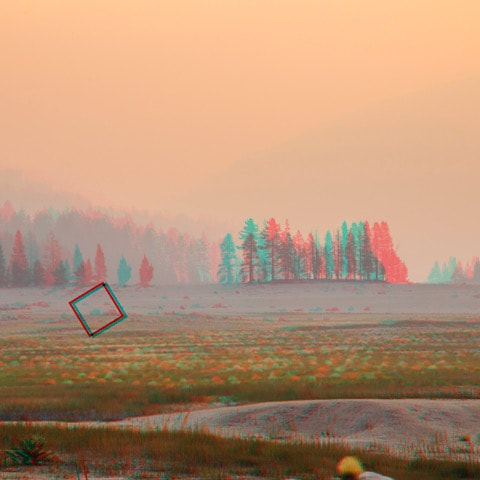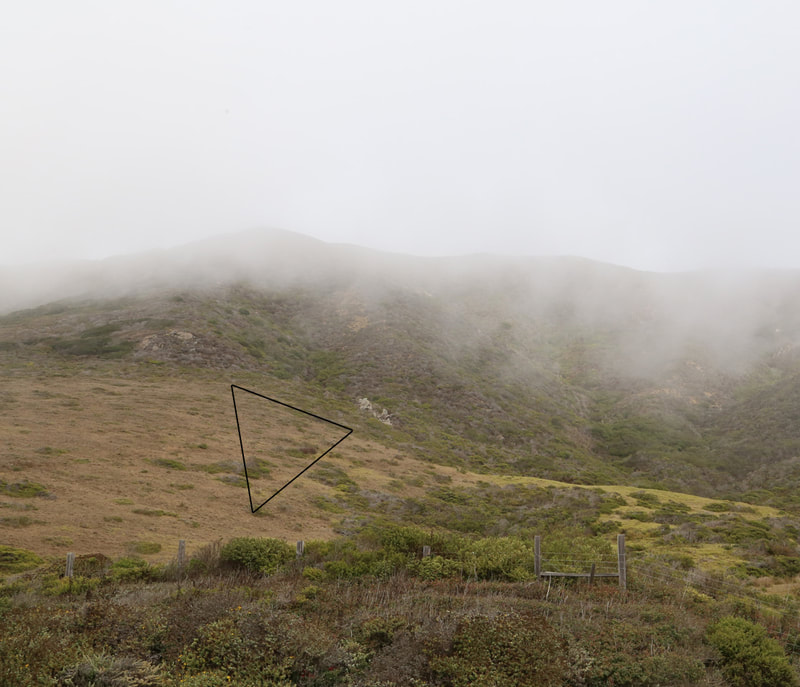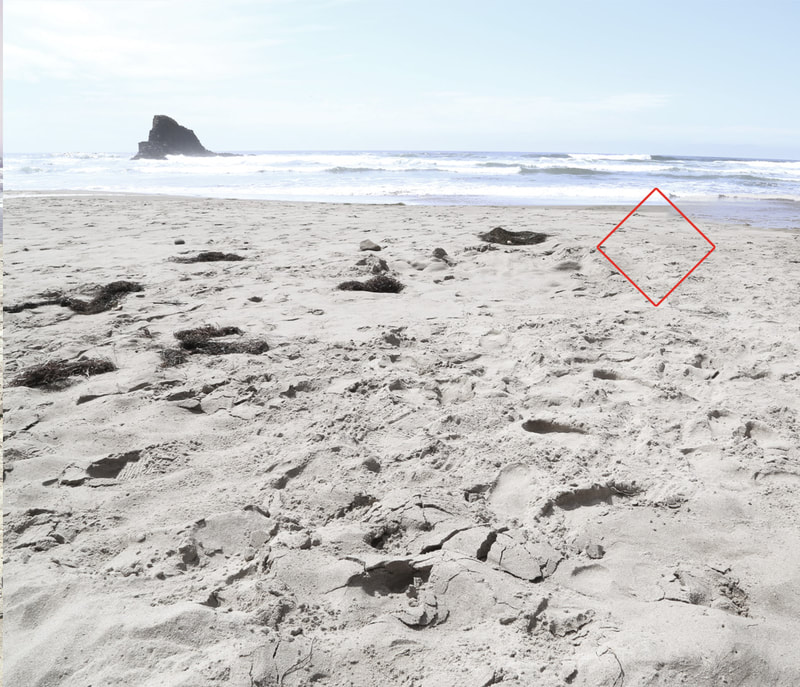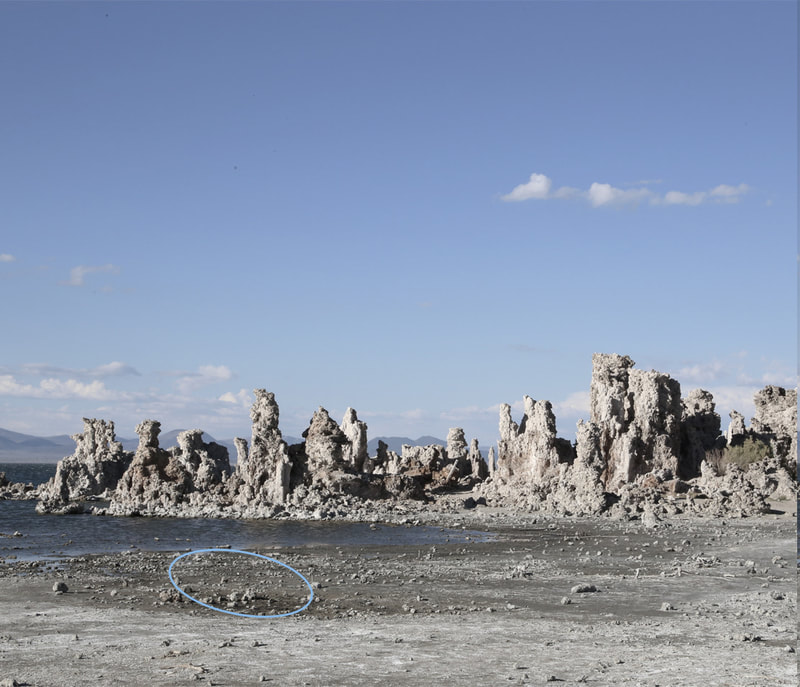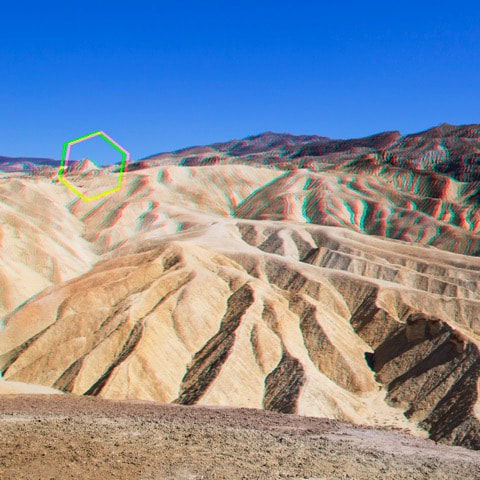Annie Briard | The Constructions Series | 2015
Re-envisioning vision. Exploring the boundaries between the physical and the imagined, the perceived, and the misperceived. Constructions uses landscapes as structures through which to investigate and pull apart these territories of sight. What we see is constantly in transformation. The scene before us changes with the faded recollection of what was experienced seconds ago. Beyond how the mind transforms what is understood as actual, the body itself manipulates sight. Vision can only reveal what has already been. Blind spots speckle our field of view and afterimages happen every split second but we cancel them out. What else is hidden?
I create these stereoscopic photographs from backpacking trips to investigate our inability to accurately grasp the world. These images confront us with paradoxical vision. First, there is the flat, colorful image of a wondrous place. Then, with glasses on, there is red, or blue, if one eye is shut. The combined 3D image shows a fourth perspective where the scene’s planes appear to jut outwards or recede behind the photographic surface. There are others if we focus on the geometric symbols pointing to where the construct breaks down. How can one image be perceived in all these ways?
Through this series, I explore what drives me ever onwards: how does what I see compare to what you see? How much does vision make our worlds stray from each other’s? Why is the seen prioritized over the daydreamed, the imagined, when sometimes they can be so alike?
I create these stereoscopic photographs from backpacking trips to investigate our inability to accurately grasp the world. These images confront us with paradoxical vision. First, there is the flat, colorful image of a wondrous place. Then, with glasses on, there is red, or blue, if one eye is shut. The combined 3D image shows a fourth perspective where the scene’s planes appear to jut outwards or recede behind the photographic surface. There are others if we focus on the geometric symbols pointing to where the construct breaks down. How can one image be perceived in all these ways?
Through this series, I explore what drives me ever onwards: how does what I see compare to what you see? How much does vision make our worlds stray from each other’s? Why is the seen prioritized over the daydreamed, the imagined, when sometimes they can be so alike?
